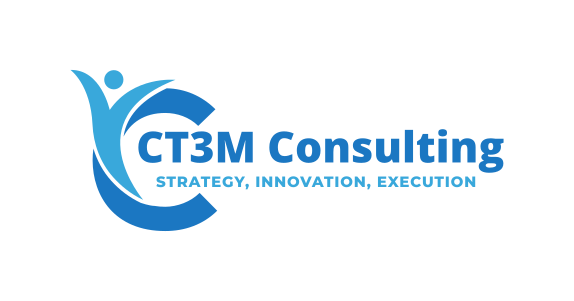

Let’s Start A Conversation
303.593.2070

Unitranche Debt is a flexible form of financing often used by mid-sized companies to help fund acquisitions or ownership transitions. It combines several types of secured and unsecured debt in a single loan with a blended interest rate and a predictable repayment schedule that gives a business maximum flexibility.
Debt is a hybrid loan structure that combines senior and subordinated debt into one debt instrument. The borrower of this type of loan pays a blended interest rate that falls between the rate of the senior debt and subordinated debt. The main goal of unitranche financing is to make debt-financing terms flexible and increase access to capital for companies. Borrowers not only increase market liquidity but also bring new energy to a traditional debt market.
The main providers of debts are non-traditional lending entities such as debt funds and other institutional lenders. These lenders focus on acquisition finance and middle-market lending. This form of lending was popular during the financial crisis and the credit crunch that followed when troubled companies were unable to access loan facilities from the mainstream credit markets. Usually, a single lender provides the entire credit with only a single set of documents under the financing.
The main beneficiaries of the debt are middle-market corporate borrowers. Unitranche debt works as an alternative credit market for companies that may not have easy access to large credit facilities from traditional financial institutions.
A non-bank specialty finance company provides funding not subject to leveraged lending guidelines. They are less sensitive to the total leverage ratio of a given borrower and whether a direct lender’s term loan is structured with fewer covenants. In addition, they are also not subject to leveraged lending guidelines and are less sensitive to the total leverage ratio of a given borrower and whether a direct lender’s term loan is structured with lite covenants.
The funding source takes on the contingent funding obligation and the operations headache associated with a revolver while the direct lender can focus on deploying fully funded term loans. Commitments can be up to $125 million on a single transaction, which enables scaling first-out facilities over time as a given borrower grows and eliminates the need for a first-out partner on most opportunities. The platform is also structured to support a patient buy-and-hold approach that is less impacted by regulatory changes or disruption in the broader capital markets.
